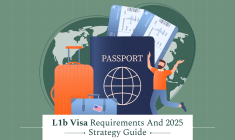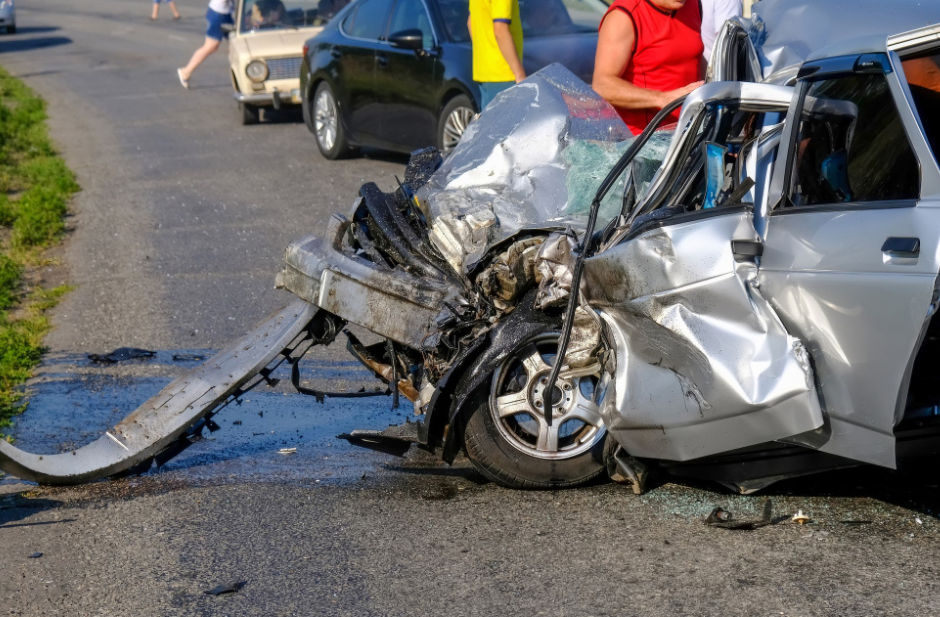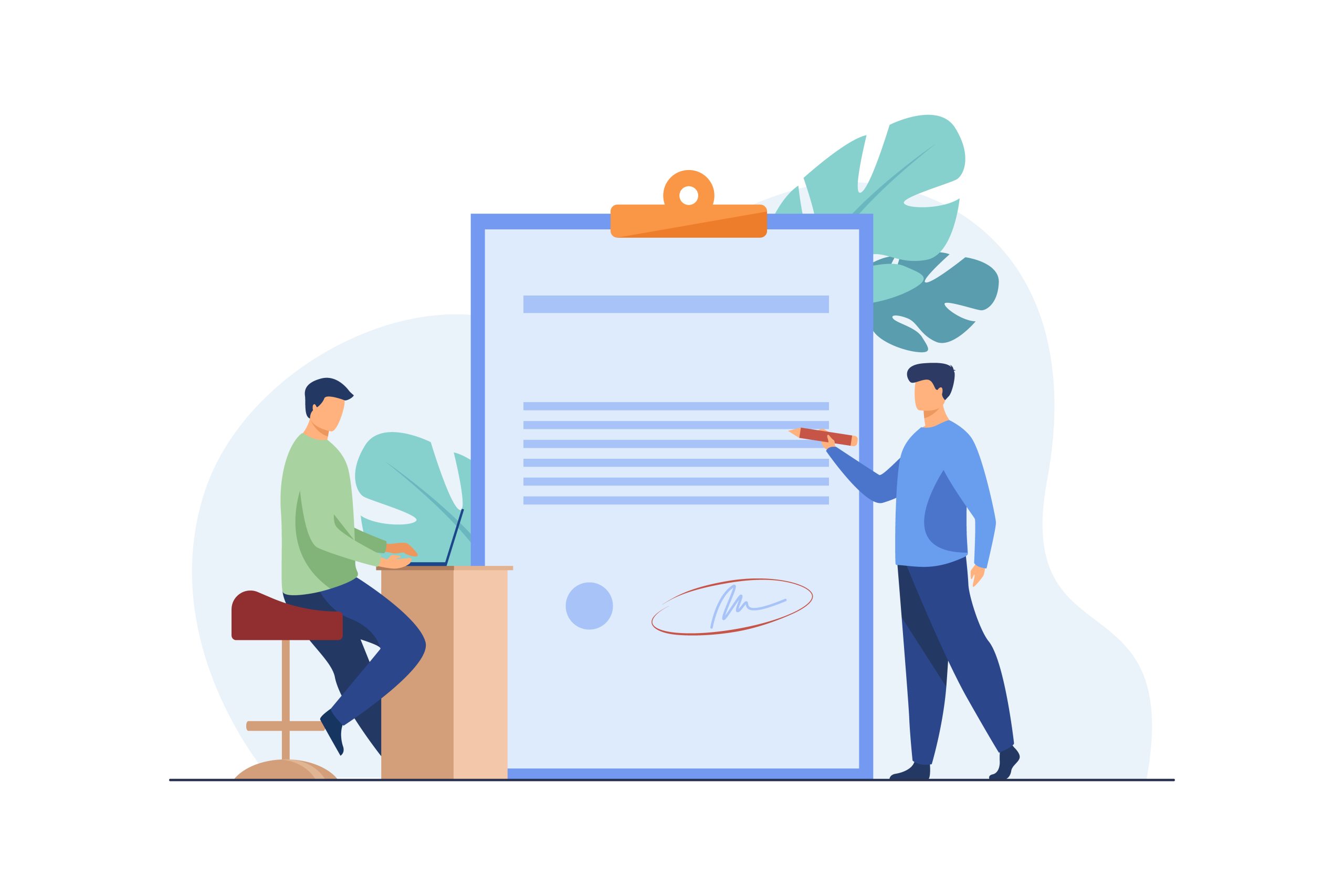Let’s be honest—multi-vehicle truck crashes are chaos. If you’ve ever seen one or, worse, let’s say you had to sort through the aftermath.
Then, I can assure you that you already know it’s never just a simple “who hit who” scenario.
When several cars, big rigs, and drivers are all tangled up in the same wreck, figuring out who’s responsible starts to feel like detective work mixed with a legal maze.
Every vehicle tells a different story. And every driver? A different version of how it went down.
If you’re the one trying to find the liability in multi-vehicle accidents, or just figure out the truth, it’s not a small job.
It’s complex, stressful, and half the time, you’re chasing details that don’t add up right away.
And in those bigger crashes with semis or commercial trucks, the questions shift. It’s not just about impact—it’s about everything that led up to it. Missed signs, split-second decisions, worn-out brakes.
In fact, legal professionals handling Oregon truck accidents often need to act swiftly to preserve evidence and begin building a layered liability case.
So, where do things usually go sideways? And what can lawyers do to stay ahead of it?
What Are The Parameters To Assess Liability In Multi-Vehicle Accidents?
Well, it’s needless to say that when you are analysing who is liable in multi-vehicle accidents, there are several factors to assess.
Of course, it is not a cakewalk. Therefore, you must be aware of all the important factors surrounding this:
1. Fault Isn’t Always Singular
Most people see a wreck with a big truck and assume, “Well, that’s the culprit.” But nope. Doesn’t work like that.
The biggest vehicle isn’t automatically the bad guy here. One sharp swerve. A brake tap with no warning.
Therefore, or someone distracted three cars back—that’s all it takes to turn a normal drive into a disaster.
What really matters is the order of events. Did the truck speed into the pileup? Or maybe the sedan in front cut over without signalling.
Or the SUV behind followed too closely. It’s not always just one mistake—it’s a chain reaction. And in states with comparative fault laws?
That mess really matters. A little bit of blame on everyone can turn a simple claim into a complicated one real fast.
2. Multiple Liable Parties
Here’s something people outside the legal world don’t always realize: the truck driver might not even be the biggest piece of the puzzle. There are usually other hands in the mix, like:
- The trucking company – Did they train their drivers properly? Or did they push for faster deliveries, even if it meant cutting corners?
- Maintenance teams – If the brakes were shot or tires were worn out, that’s on them.
- Cargo handlers – Unbalanced or loose loads? Yeah, those can make a truck tip or jackknife in a heartbeat.
- Other drivers – Sometimes it’s not the truck at all. It’s a random driver weaving through traffic like they’re in a video game.
Each of these folks might share liability. And if you overlook even one? You might leave money on the table for someone who really needs it.
3. The Role Of Evidence In Proving Sequence In Liability In Multi-Vehicle Accidents
This part right here—it’s the backbone of everything. You can’t argue fault without a solid timeline, and you can’t build that timeline without evidence. Not just the basics like police reports (though those help). You need more.
- Dashcam footage – Absolutely priceless if you can get it. Shows the angle, speed, reaction time… all of it.
- Truck black boxes – These log everything: how fast the truck was going, when brakes were hit, steering input… It’s like a digital eyewitness.
- Witnesses – People forget fast. The sooner you talk to them, the better chance you’ve got at something reliable.
- Reconstruction experts – These folks can walk through the crash frame by frame and spot details no one else saw.
Bottom line: time is against you. Videos get erased, skid marks wash away, people move. The earlier you dig in, the better chance you’ve got at building a solid case.
4. The Importance Of Causation
Now this is where things get extra frustrating. One of the trickiest parts of these cases is proving not just that a party acted negligently.
However, you still have to prove that their action caused your client’s injury. Not just that they were in the crash, that’s not enough.
Chain-reaction wrecks are wild. You can have three separate impacts within seconds of each other.
And the defense might argue, “Sure, my guy hit them, but that second collision is what really hurt your client.”
To win that argument? You’ve got to line up medical evidence with impact timing. Which injury came from which hit, and have the experts say so.
How Can You Coordinate With Multiple Insurers?
You’d think the hardest part is figuring out liability. But sometimes it’s dealing with all the insurance companies.
With multiple vehicles involved, you’ve usually got more than one insurer trying to shift blame, dodge payout, or offer a settlement that’s… well, laughable.
They’ll point fingers at each other. They’ll delay responses. Some might even deny coverage altogether and just hope you give up.
Therefore, it is very important that you stay organized. What can you do about that? You have to keep every letter, email, and voicemail.
Additionally, you must set clear deadlines. Furthermore, you have to push back when someone stalls.
And, the most important of them all, you mustn’t let your client get lost in the mess of it all.
Your Legal Guide To How Is Liability In Multi-Vehicle Accidents Measured?
Truck crashes involving multiple vehicles are never clean-cut. They’re messy. They’re exhausting.
Additionally, they require a level of focus that’s borderline obsessive.
However, when you understand how liability flows, which means you know who did what and when, that’s where strong legal work starts.
Therefore, you always have to get in fast. Dig deep. Don’t miss the details. That’s how you turn a nightmare case into a fair outcome for someone who’s already been through enough.
Read Also:
















